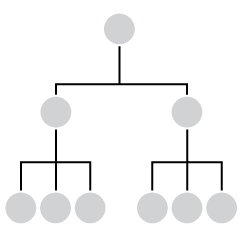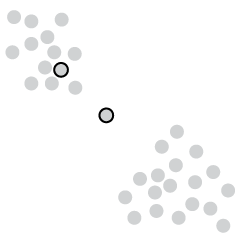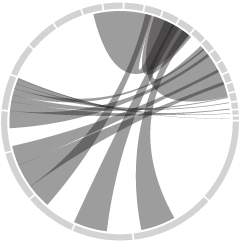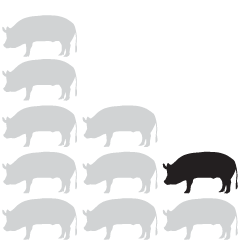In an effort to provide a more transparent process in visualization and interaction research, The Journal of Visualization and Interaction begins:
The Journal of Visualization and Interaction (JoVI) is a venue for publishing scholarly work related to the fields of visualization and human-computer interaction. Contributions to the journal include research in:
- how people understand and interact with information and technology,
- innovations in interaction techniques, interactive systems, or tools,
- systematic literature reviews,
- replication studies or reinterpretations of existing work,
- research software packages for HCI and visualization,
- and commentary on existing publications.
Cross-disciplinary work from other fields such as statistics or psychology, which is relevant to the fields of visualization or human-computer interaction is also welcome.

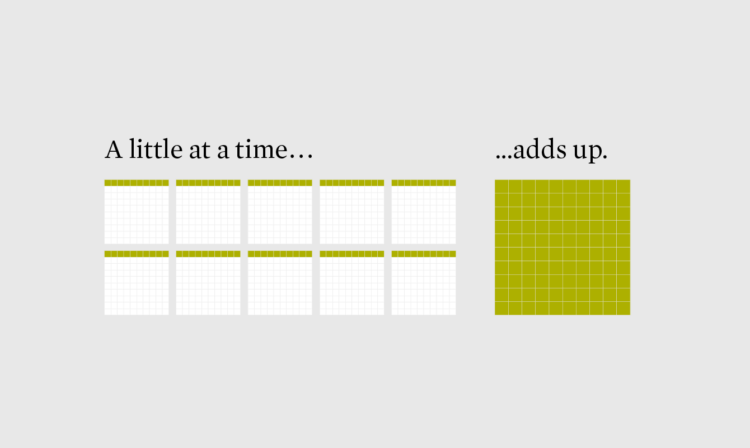


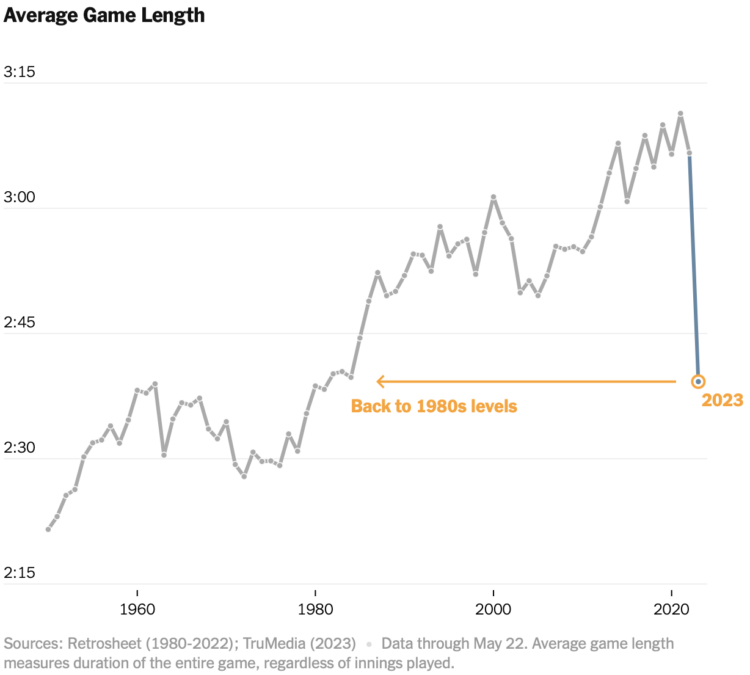


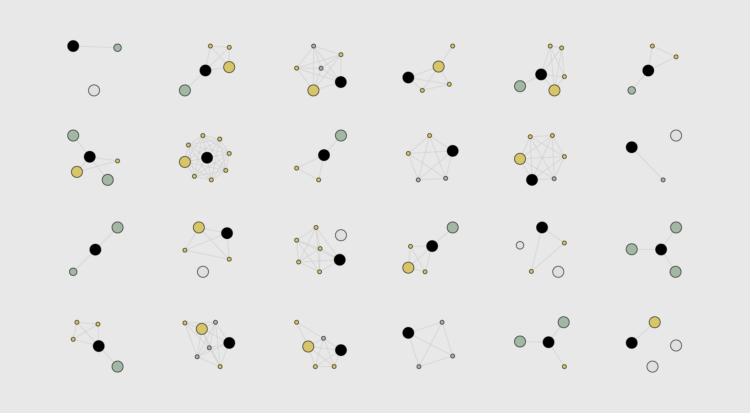
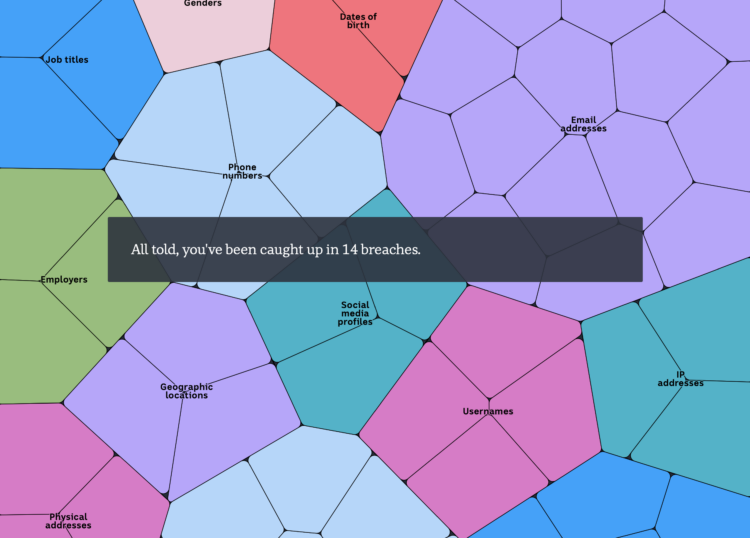
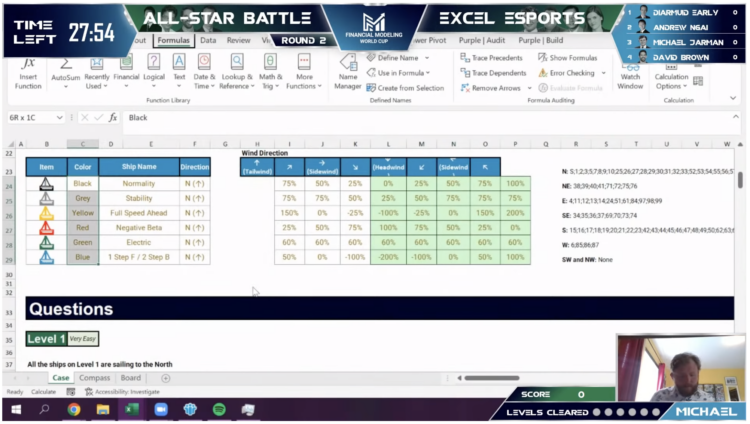

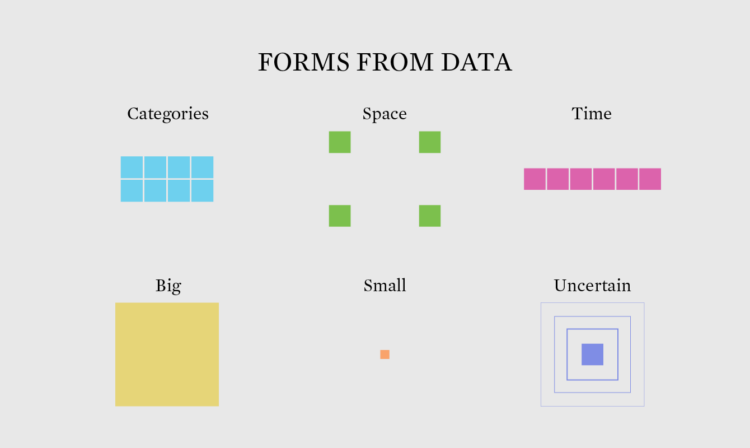
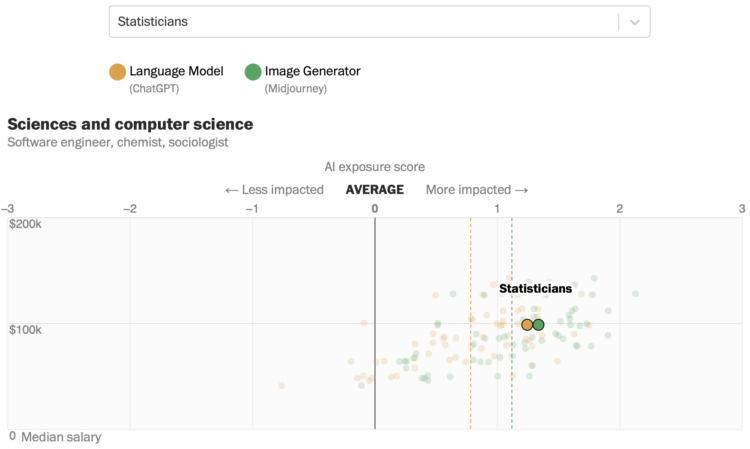
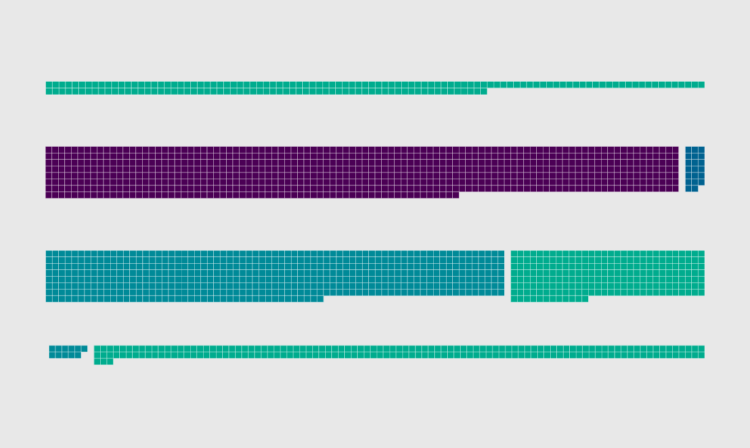
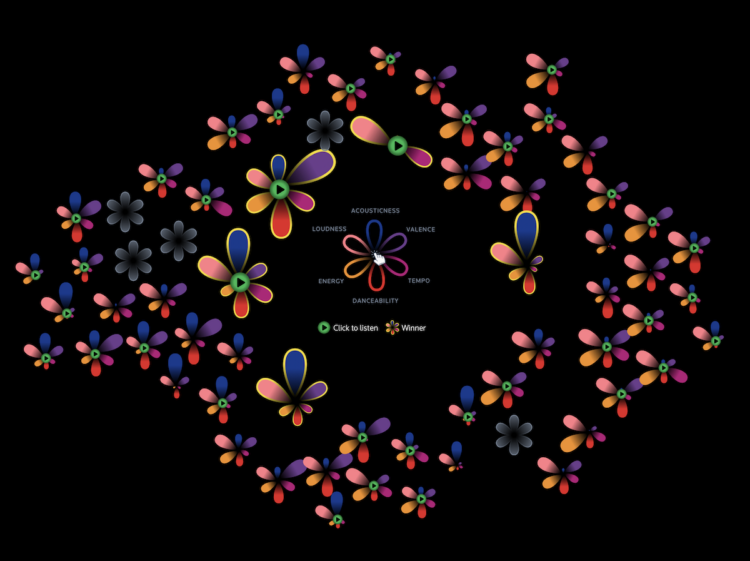

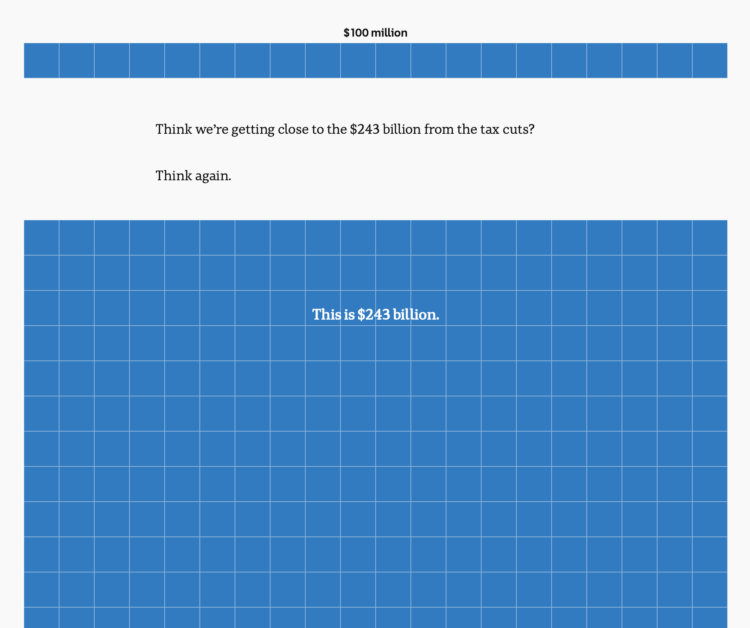

 Visualize This: The FlowingData Guide to Design, Visualization, and Statistics (2nd Edition)
Visualize This: The FlowingData Guide to Design, Visualization, and Statistics (2nd Edition)

